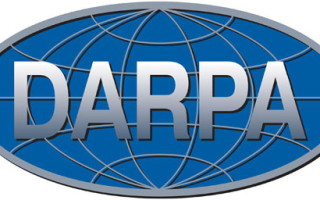DARPA Adaptive Radar Countermeasure program contract awarded to Leidos and Exelis
NewsJune 01, 2015

CLIFTON, N.J. The Defense Advanced Research Projects Agency (DARPA) chose Exelis and Leidos to continue work on evolving advanced technology development for DARPA's Adaptive Radar Countermeasures (ARC) program.
During this second phase of the program, Exelis engineers will demonstrate the Leidos software-based algorithms with Exelis electronic warfare (EW) hardware in the loop test environment, demonstrating an enhanced capability to electronically defend against emerging radar threats. The ARC program will enable U.S. airborne EW systems to detect and adaptively counter radar systems whose waveforms and behaviors are new, unknown, or ambiguous. The five-year subcontract from Leidos could be worth as much as $15.6 million if all options are exercised.
The work Exelis is doing with Leidos and DARPA is laying important groundwork to ensure that warfighters can anticipate and outpace future agile radio frequency threats,” says Mitch Friedman, vice president and general manager of the Exelis integrated electronic warfare systems business.
The ARC program has two major elements: the Leidos-led development of new software processing techniques and their implementation, managed by Exelis, with a prototype module within a full rate production system. This process is expected to lead to a new, adaptive EW protection system for airborne platforms within the next five years.
According to the DARPA website the ARC program goal "is to enable U.S. airborne EW systems to automatically generate effective countermeasures against new, unknown and adaptive radars in real-time in the field." The ARC technology will: isolate unknown radar signals in the presence of other hostile, friendly and neutral signals; deduce the threat posed by that radar; synthesize and transmit countermeasure signals to achieve a desired effect on the threat radar; and assess the effectiveness of countermeasures based on over-the-air observable threat behaviors, stated the DARPA website.









